The art of reading coffee grounds, known as tasseography, has been practiced for centuries across various cultures. Among these traditions, Turkish coffee fortune-telling stands out as one of the most intricate and symbolic methods. Unlike other forms of divination, it relies on the unique patterns left by the fine sediment of unfiltered coffee. The ritual is as much about the experience as it is about the interpretation—steeped in history, culture, and a touch of mysticism.
The Ritual of Turkish Coffee and Its Sediment
Turkish coffee is prepared in a distinctive way, using finely ground beans boiled in a cezve, a small copper pot. The coffee is served unfiltered, allowing the grounds to settle at the bottom of the cup. After drinking, the remaining sludge forms a thick layer that, when overturned onto a saucer, leaves behind intricate patterns. These patterns are the canvas for the fortune-teller’s interpretations. The ritual is often accompanied by quiet contemplation or light conversation, setting the stage for a moment of reflection before the reading begins.
The sediment itself is more than just leftover coffee—it’s a chaotic yet meaningful arrangement of lines, dots, and shapes. The way the grounds spread, clump, or disperse is believed to hold clues about the drinker’s past, present, and future. The process is deeply personal, as the cup is seen as a mirror of the individual’s subconscious. The fortune-teller, or falci, acts as an interpreter, translating these abstract forms into meaningful insights.
Symbolism in the Patterns
Interpreting the symbols requires both intuition and a knowledge of traditional meanings. Common shapes like circles, squares, or animals each carry their own significance. A bird might symbolize news or travel, while a snake could indicate betrayal or hidden enemies. The position of these symbols within the cup also matters—the rim often represents the immediate future, while the bottom may hint at long-term events. Some readers even divide the cup into sections corresponding to different aspects of life: love, career, health, and family.
Beyond the obvious shapes, the texture and density of the grounds play a role. A thick, muddy residue might suggest obstacles, whereas light, scattered particles could indicate clarity or resolution. Cracks or gaps in the sediment might symbolize unexpected changes or disruptions. The falci must consider all these elements holistically, weaving them into a coherent narrative that resonates with the querent.
Cultural Roots and Modern Practice
Turkish coffee fortune-telling has its roots in the Ottoman Empire, where coffeehouses served as social hubs for conversation, entertainment, and yes—divination. Over time, the practice spread beyond Turkey, influencing similar traditions in the Balkans, the Middle East, and even parts of Europe. Today, it remains a beloved custom, often performed at gatherings, weddings, or during leisurely afternoons among friends.
In modern times, the practice has adapted to contemporary life while retaining its mystical allure. Some enthusiasts turn to books or online guides to learn the basics, while others seek out professional falcis for more nuanced readings. Social media has also played a role in reviving interest, with videos and posts showcasing the art form to a global audience. Despite these changes, the core of the tradition remains unchanged—the belief that the mundane can reveal the profound.
The Skeptic and the Believer
Like all forms of divination, Turkish coffee reading exists in a space between skepticism and faith. For some, it’s a playful activity, a way to spark conversation or introspection. For others, it’s a serious tool for guidance, offering glimpses into fate or the subconscious. What makes it enduring, however, is its ability to connect people—whether through shared curiosity, cultural pride, or simply the enjoyment of a good cup of coffee.
The next time you sip Turkish coffee, take a moment to observe the remnants at the bottom of your cup. You might not see a detailed prophecy, but you’ll certainly glimpse a tradition rich in history, symbolism, and human connection.
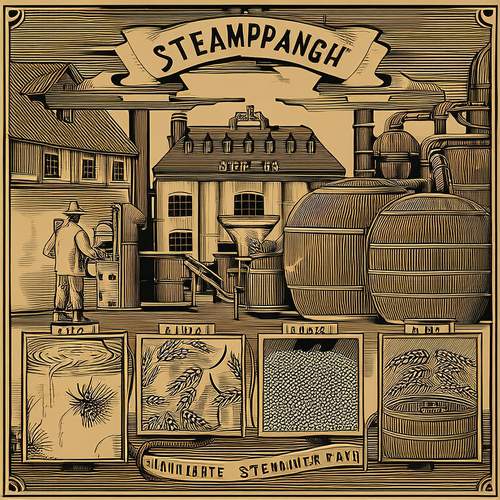
By /May 26, 2025

By /May 26, 2025
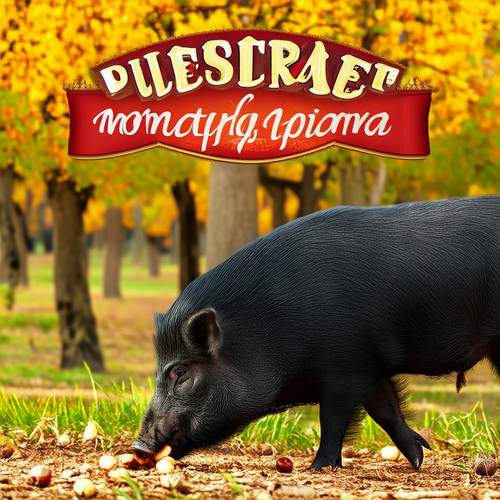
By /May 26, 2025

By /May 26, 2025

By /May 26, 2025

By /May 26, 2025

By Emily Johnson/May 10, 2025

By Elizabeth Taylor/May 10, 2025
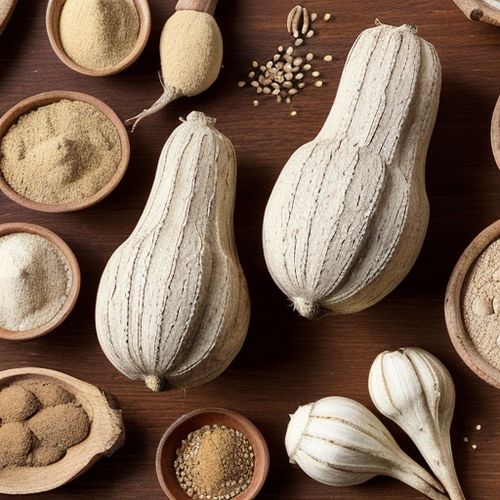
By Michael Brown/May 10, 2025

By Joshua Howard/May 10, 2025
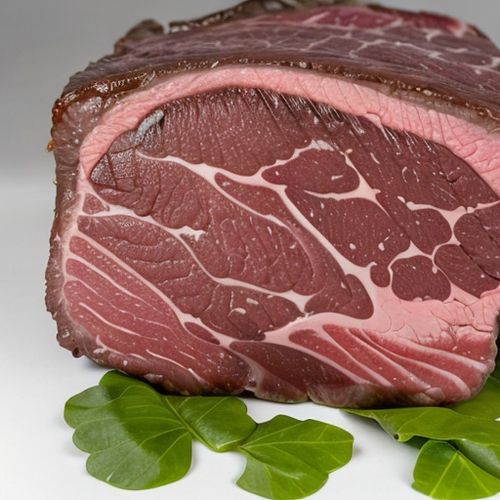
By William Miller/May 10, 2025

By Thomas Roberts/May 10, 2025
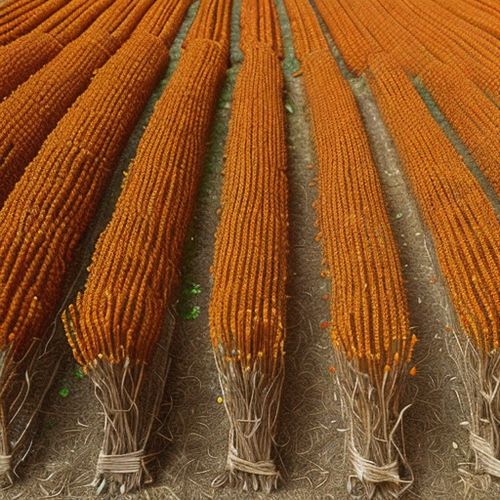
By Laura Wilson/May 10, 2025
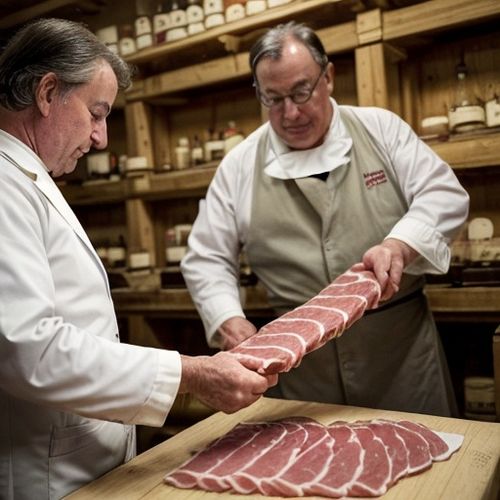
By Joshua Howard/May 10, 2025

By Ryan Martin/May 10, 2025

By Sarah Davis/May 10, 2025